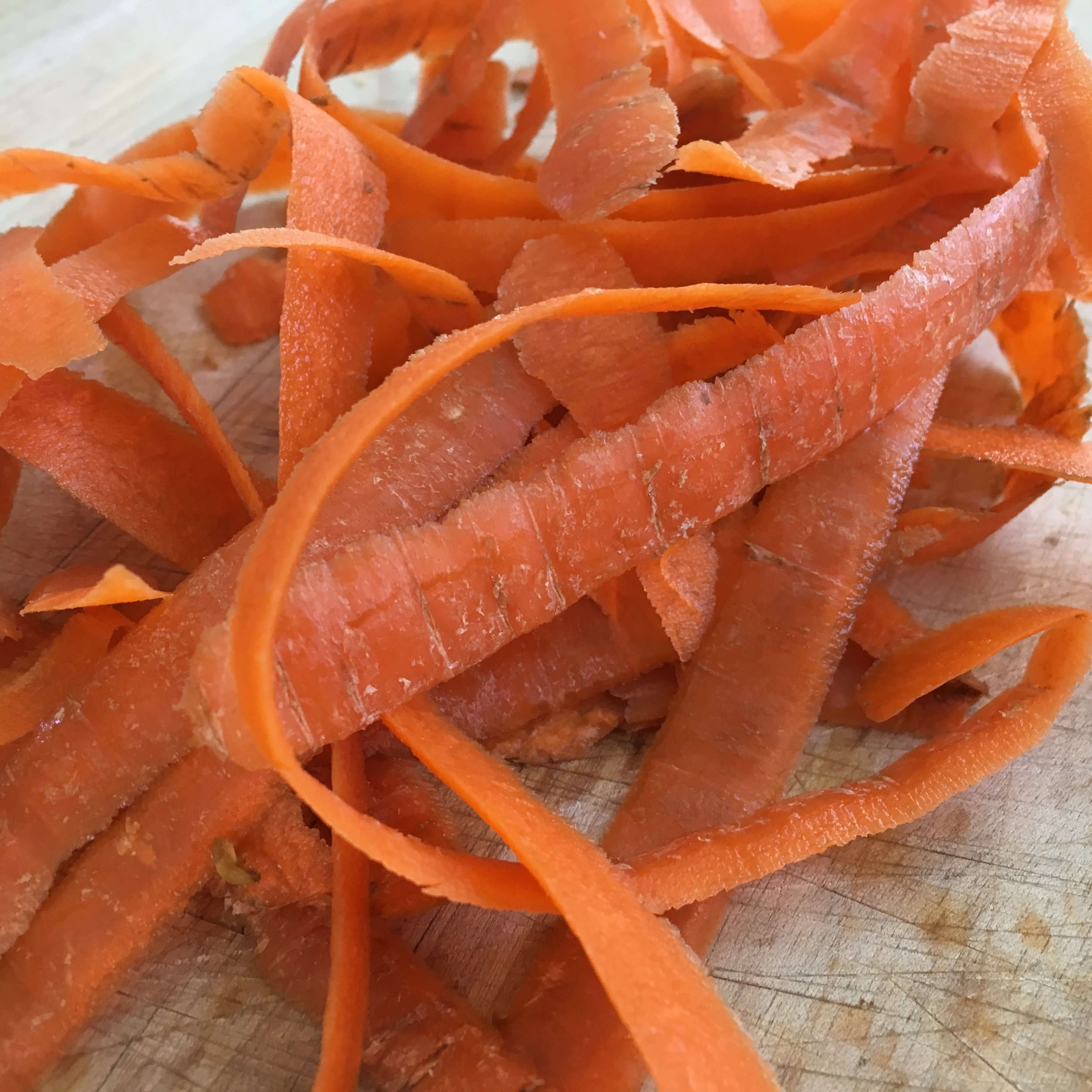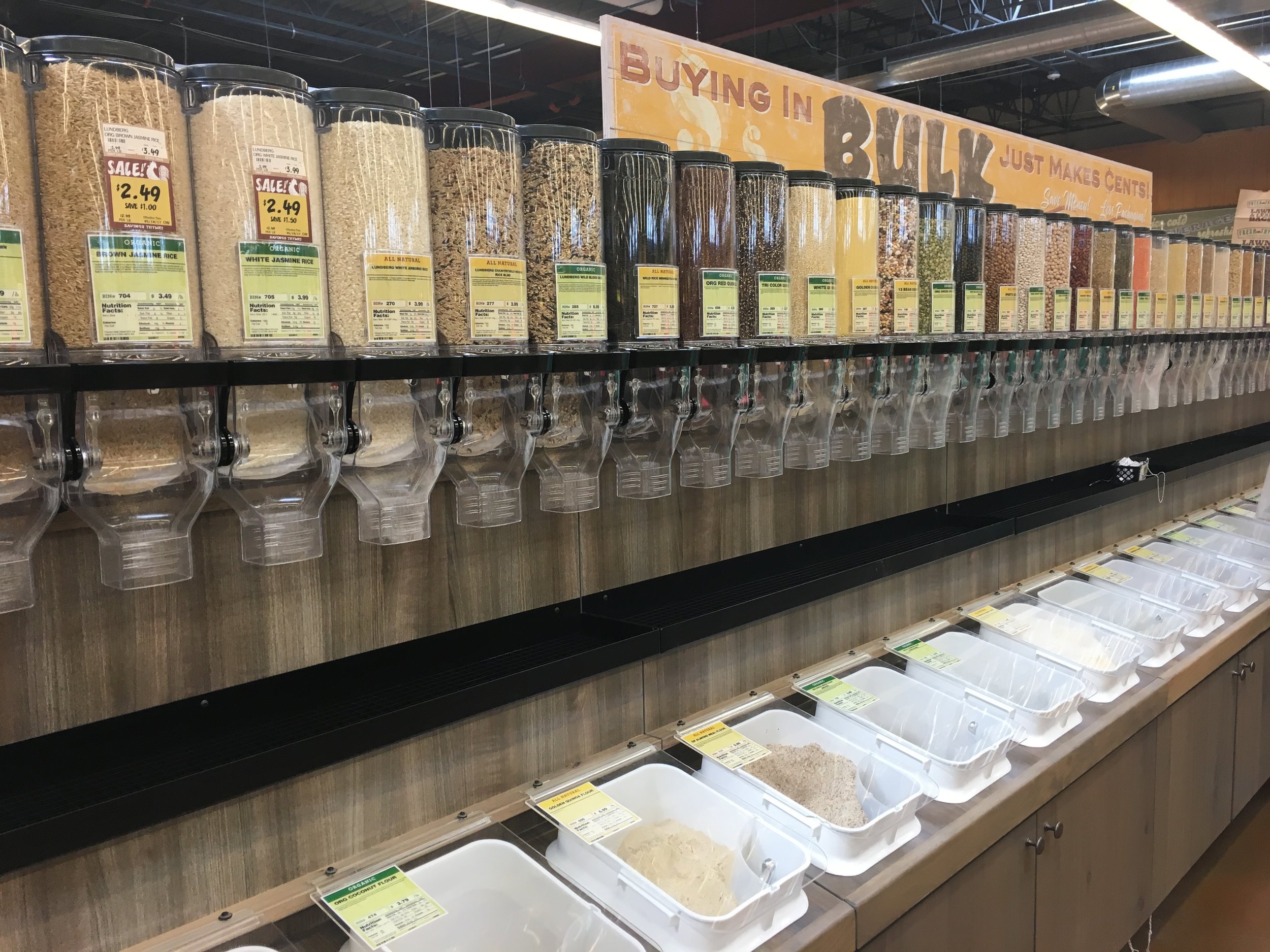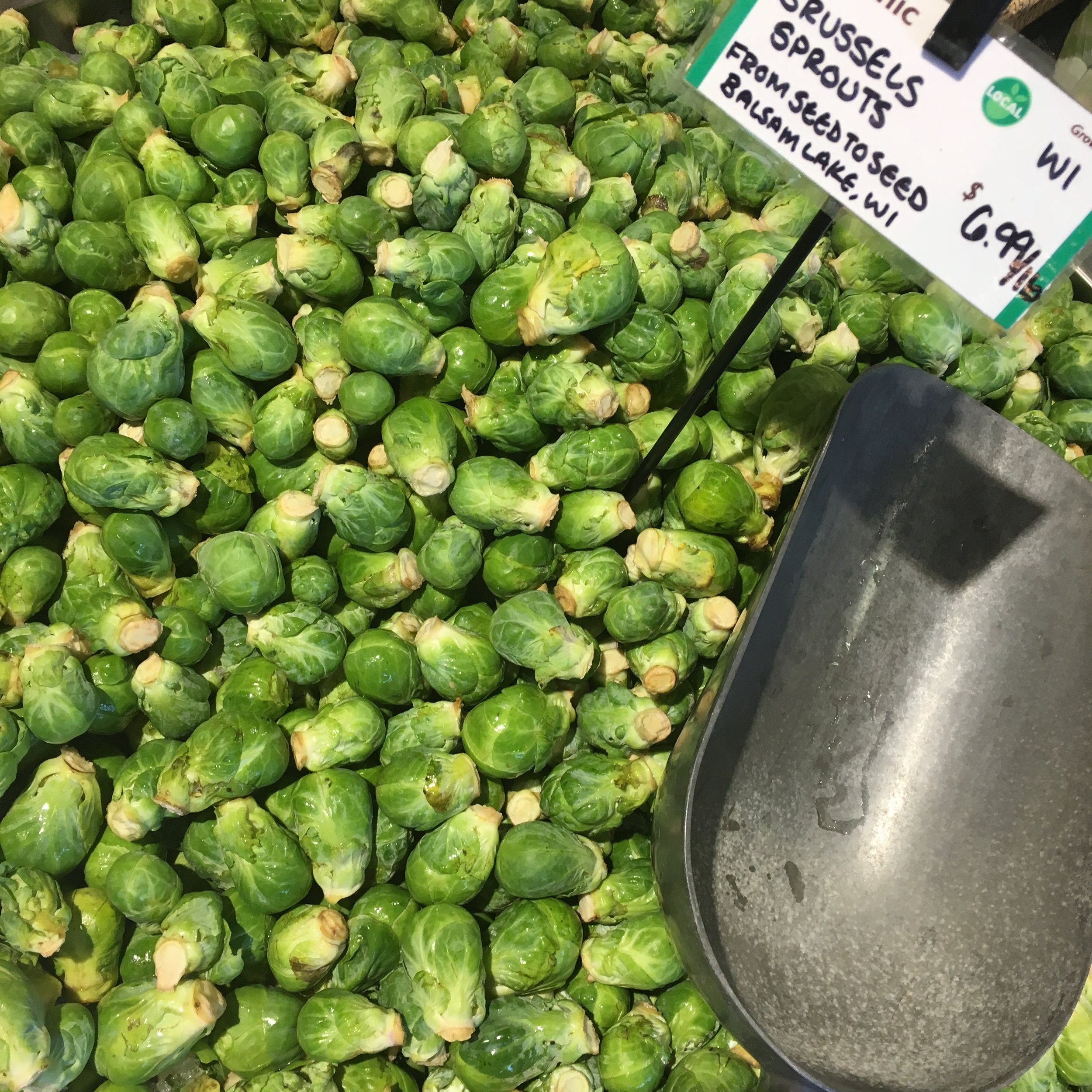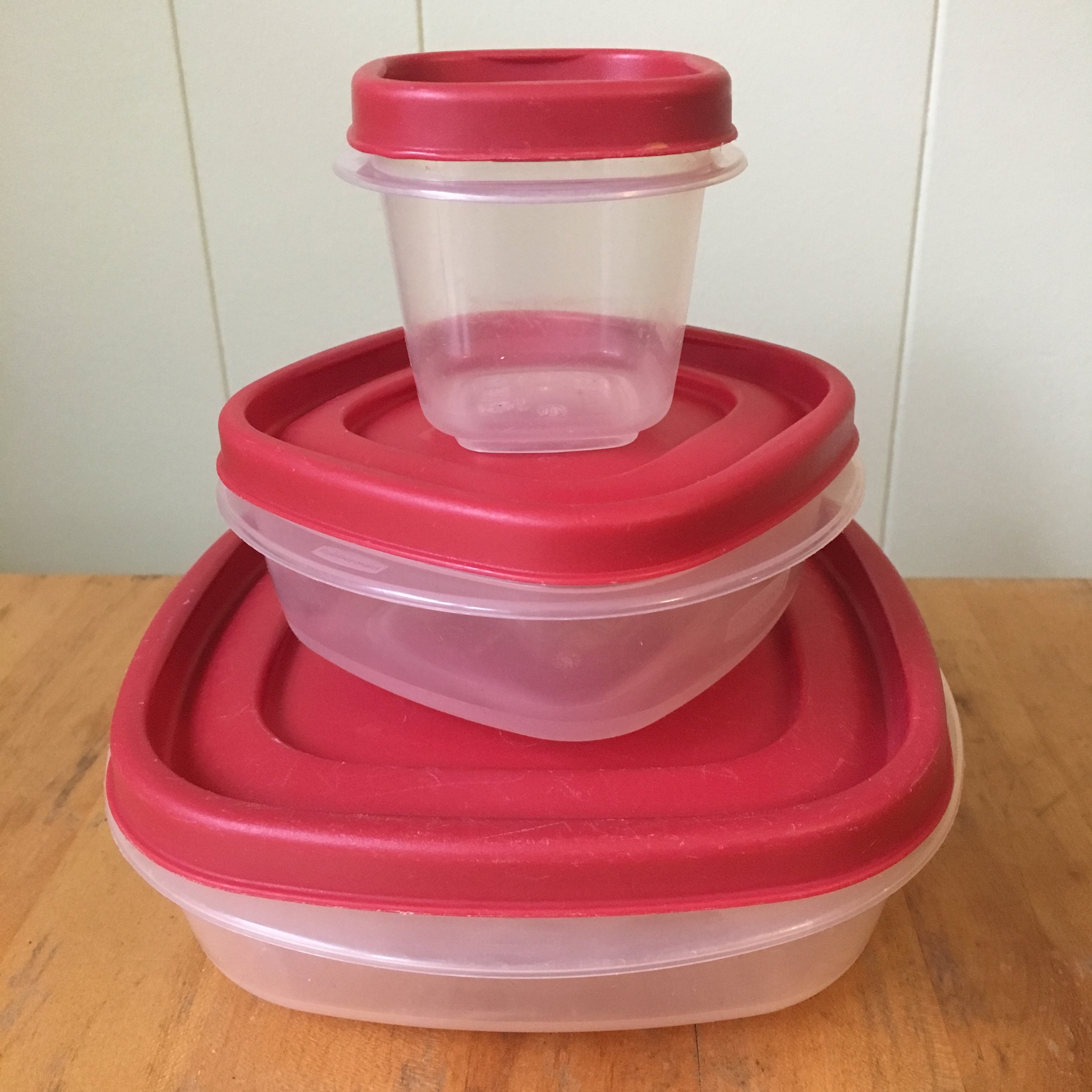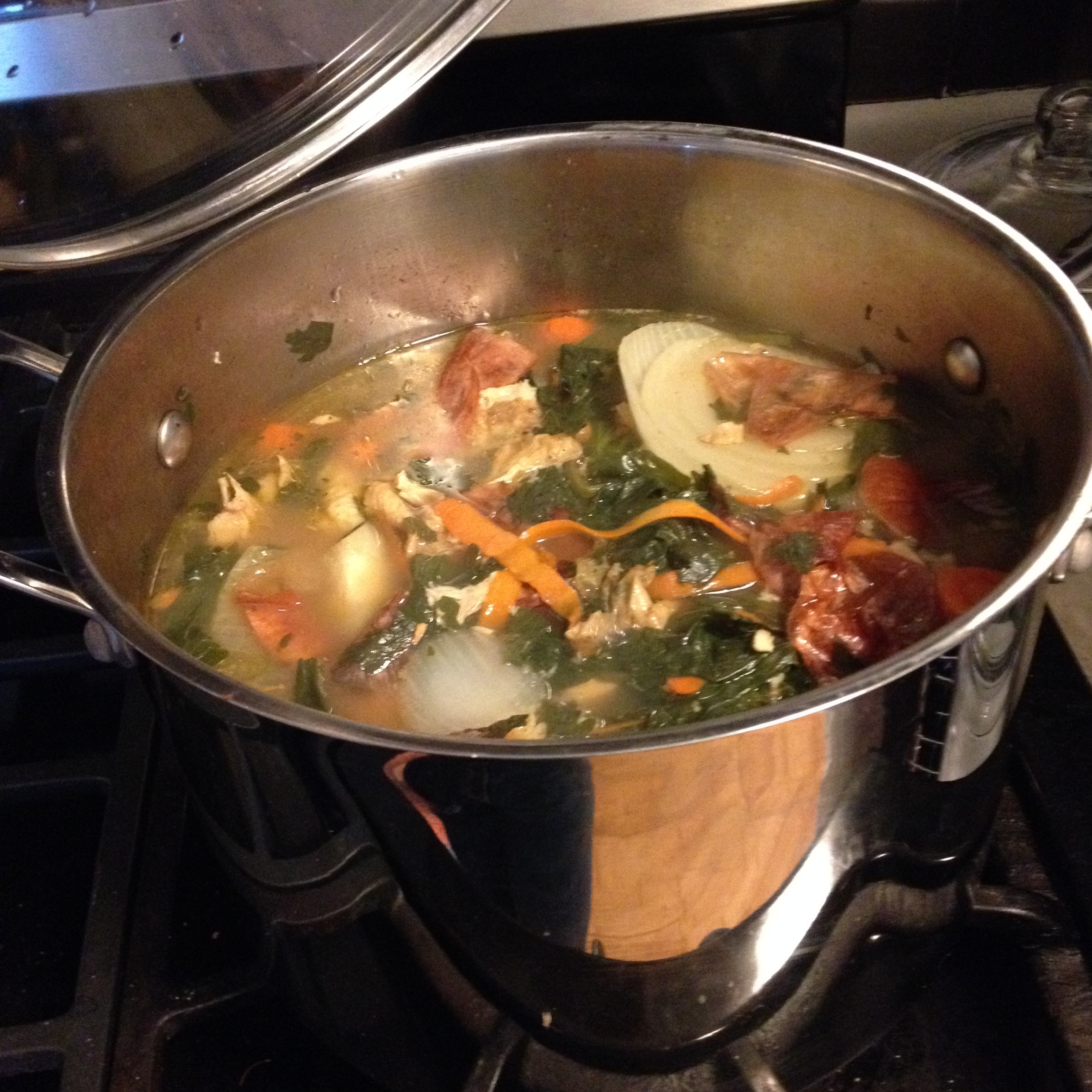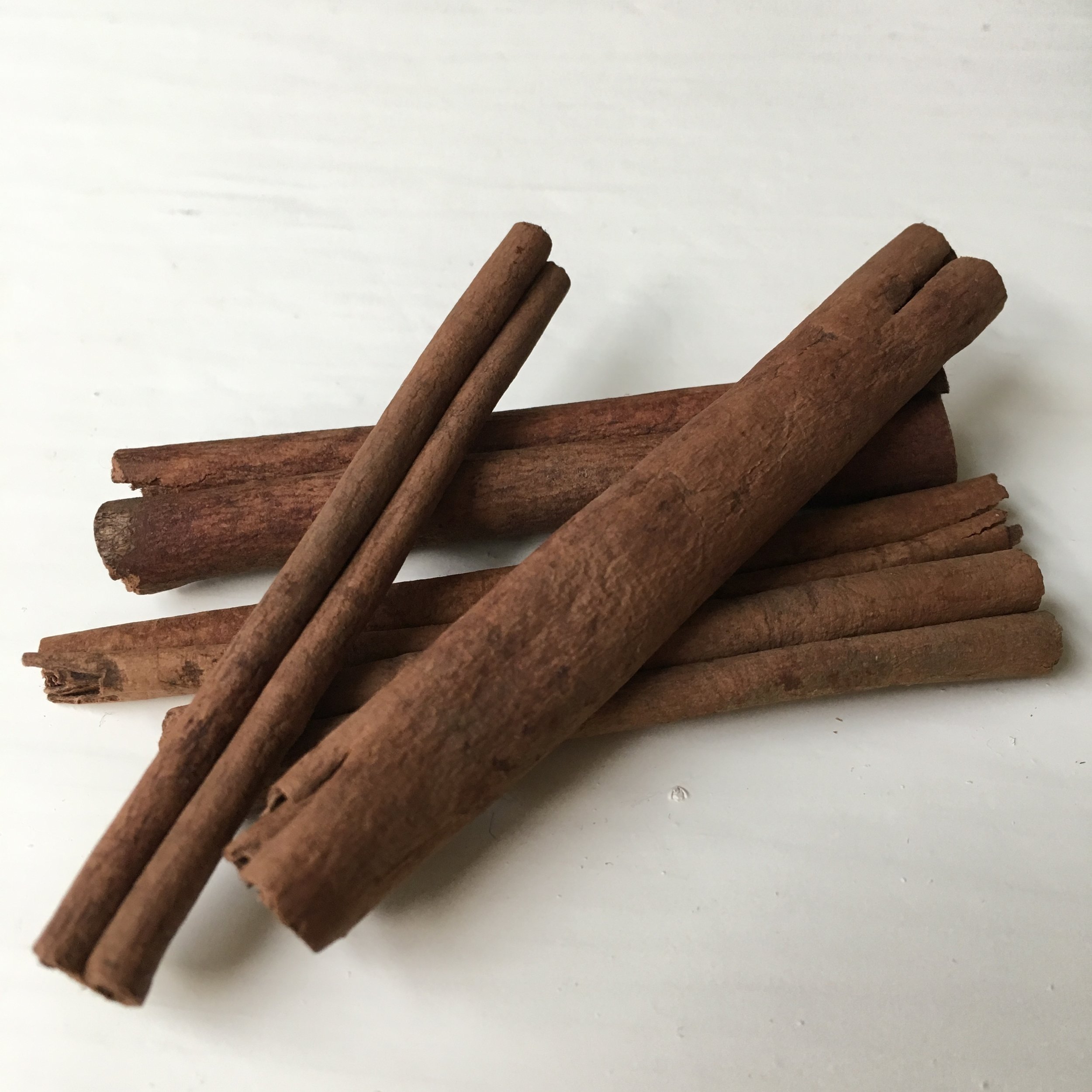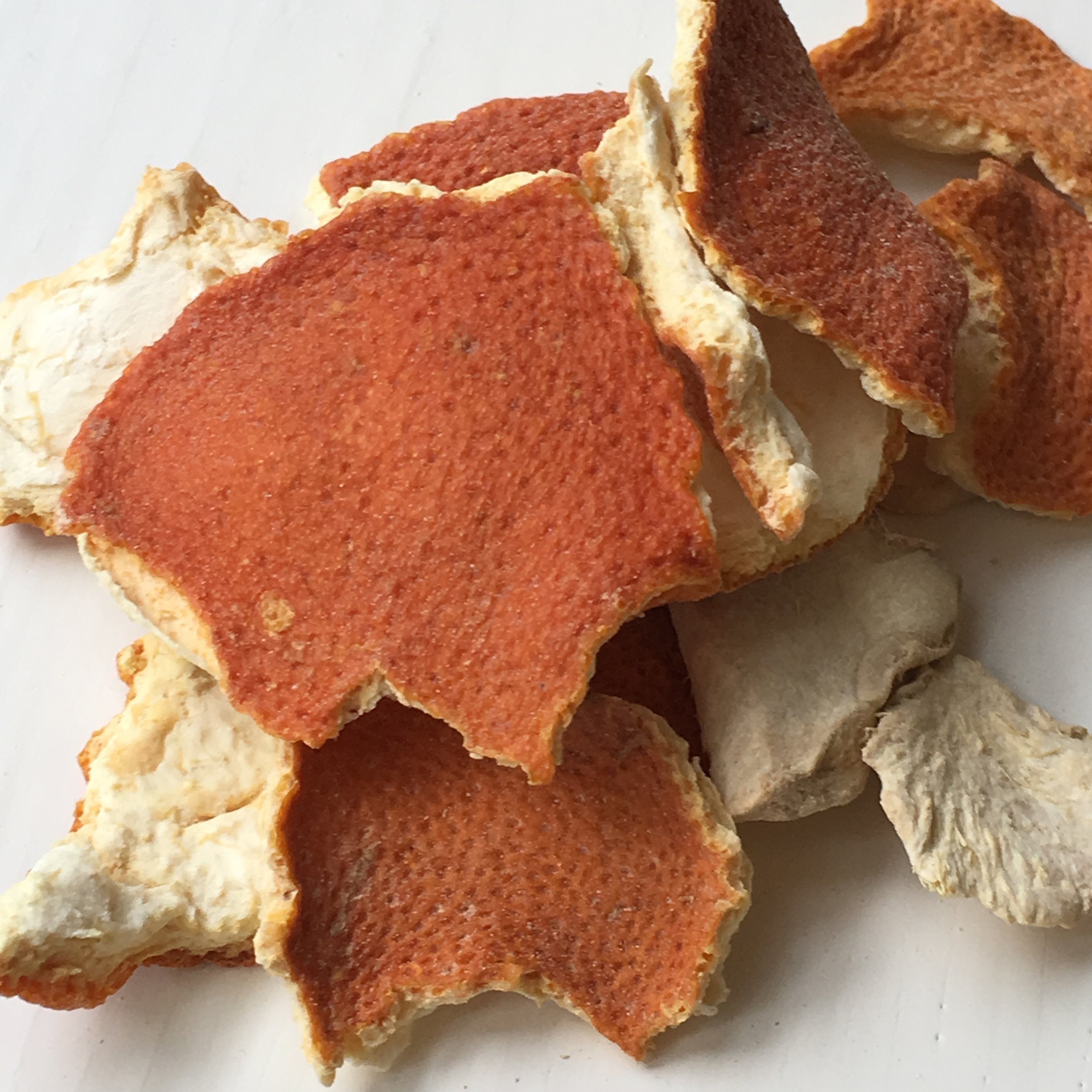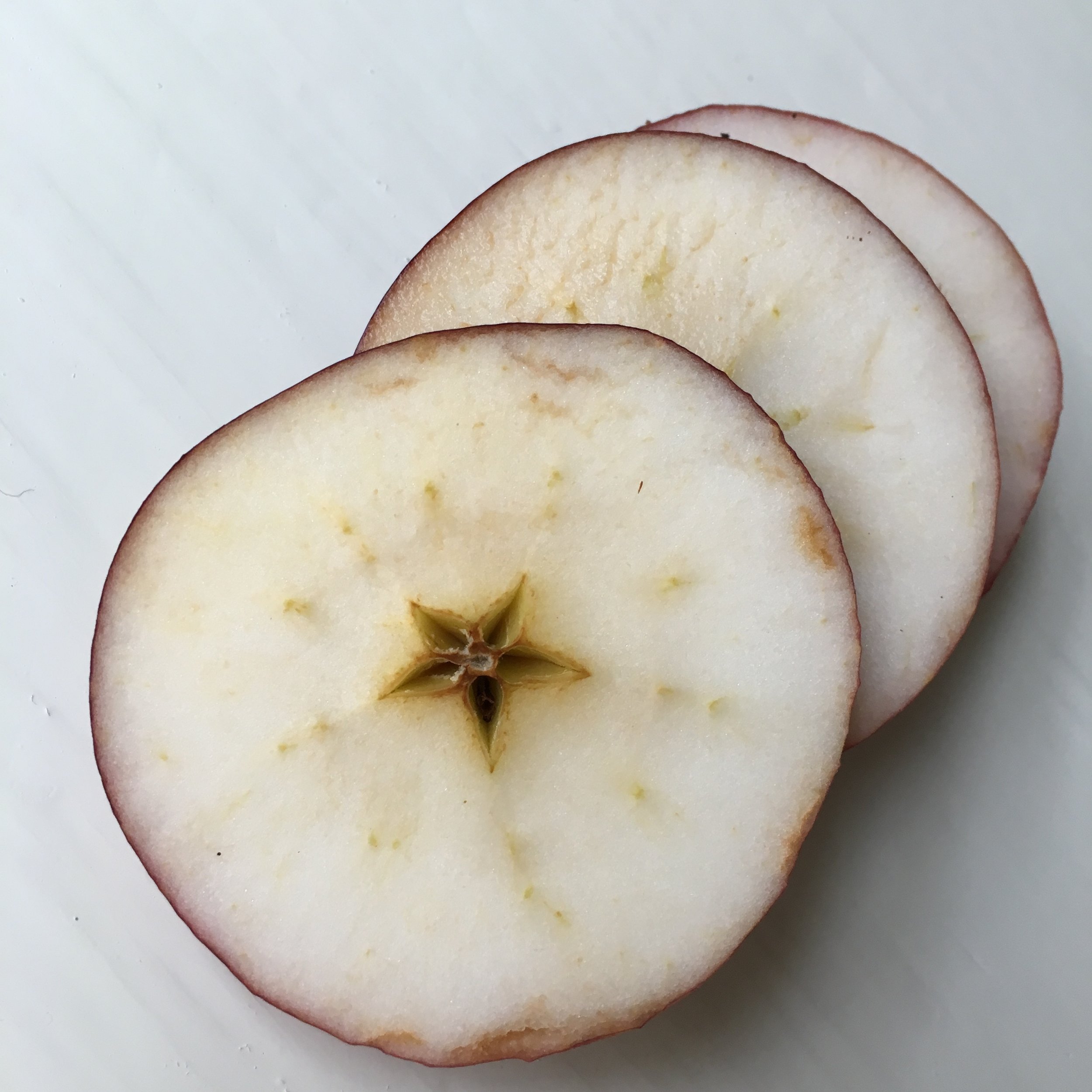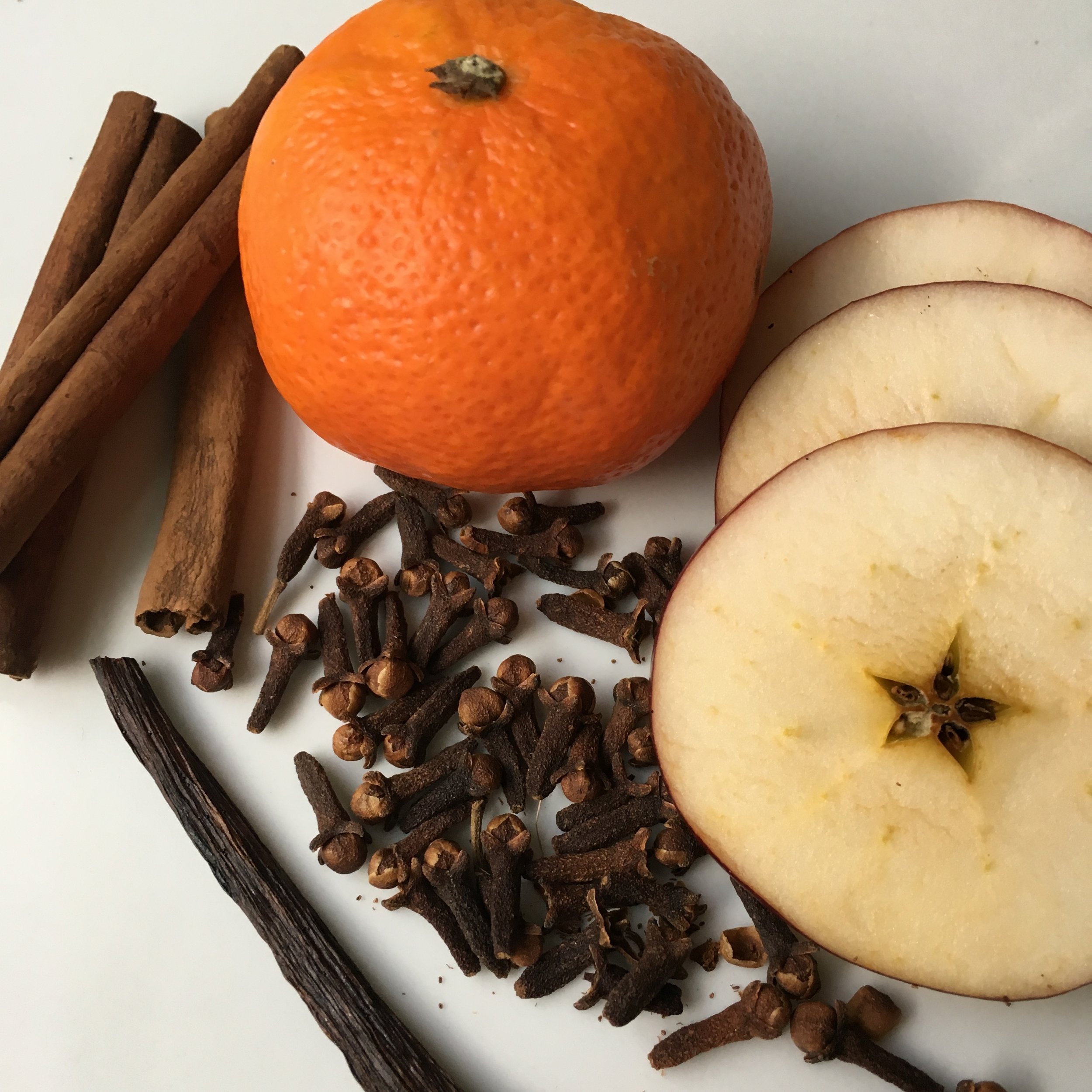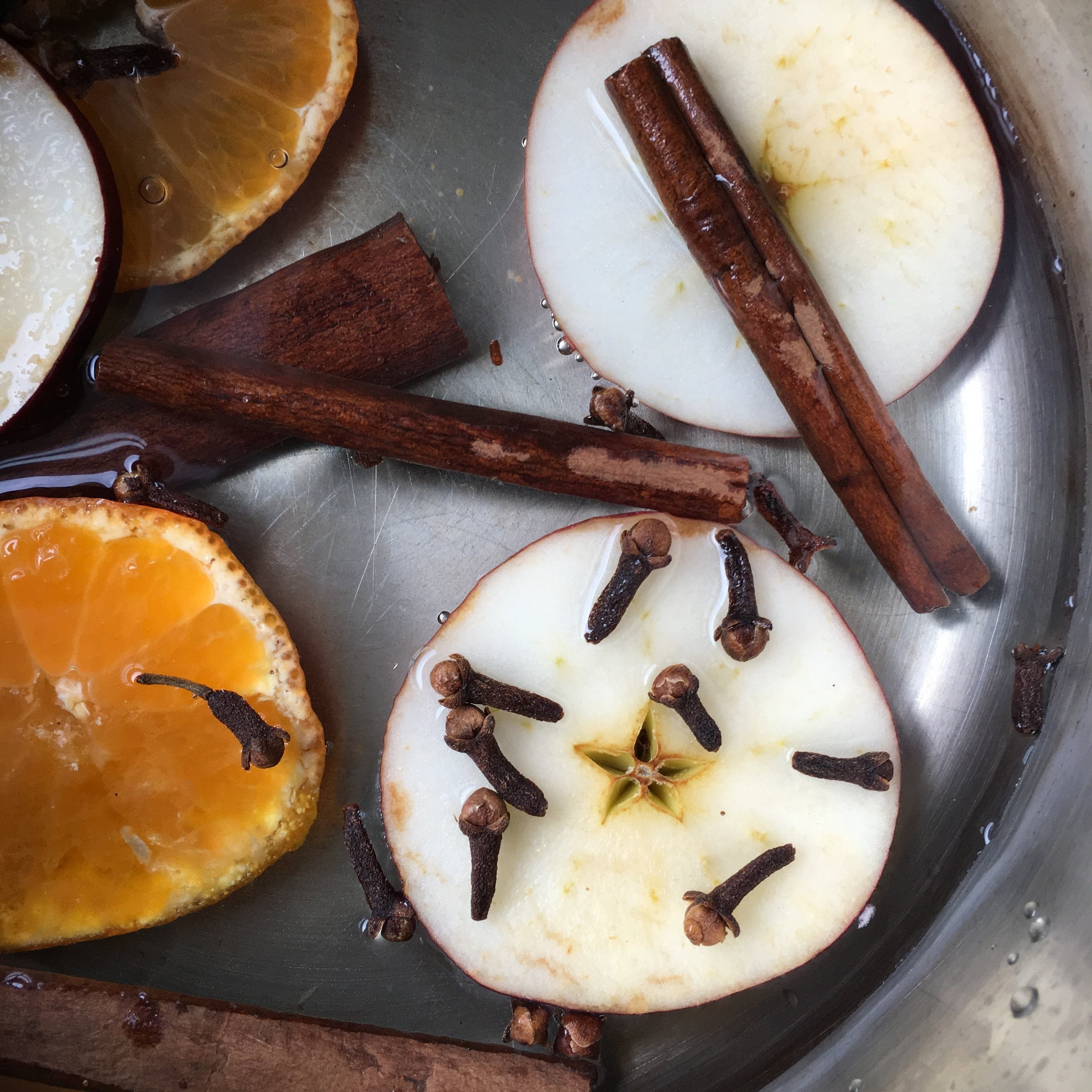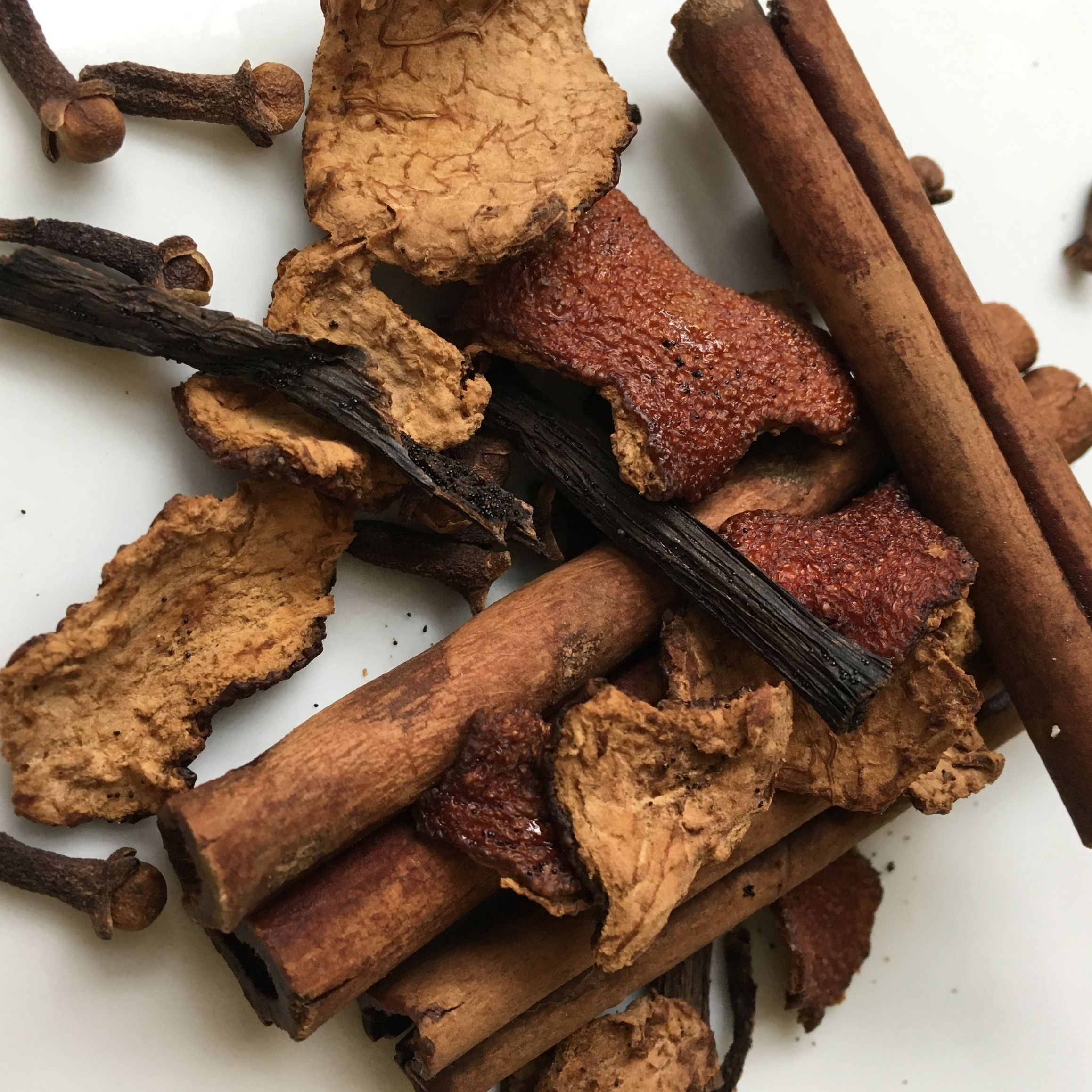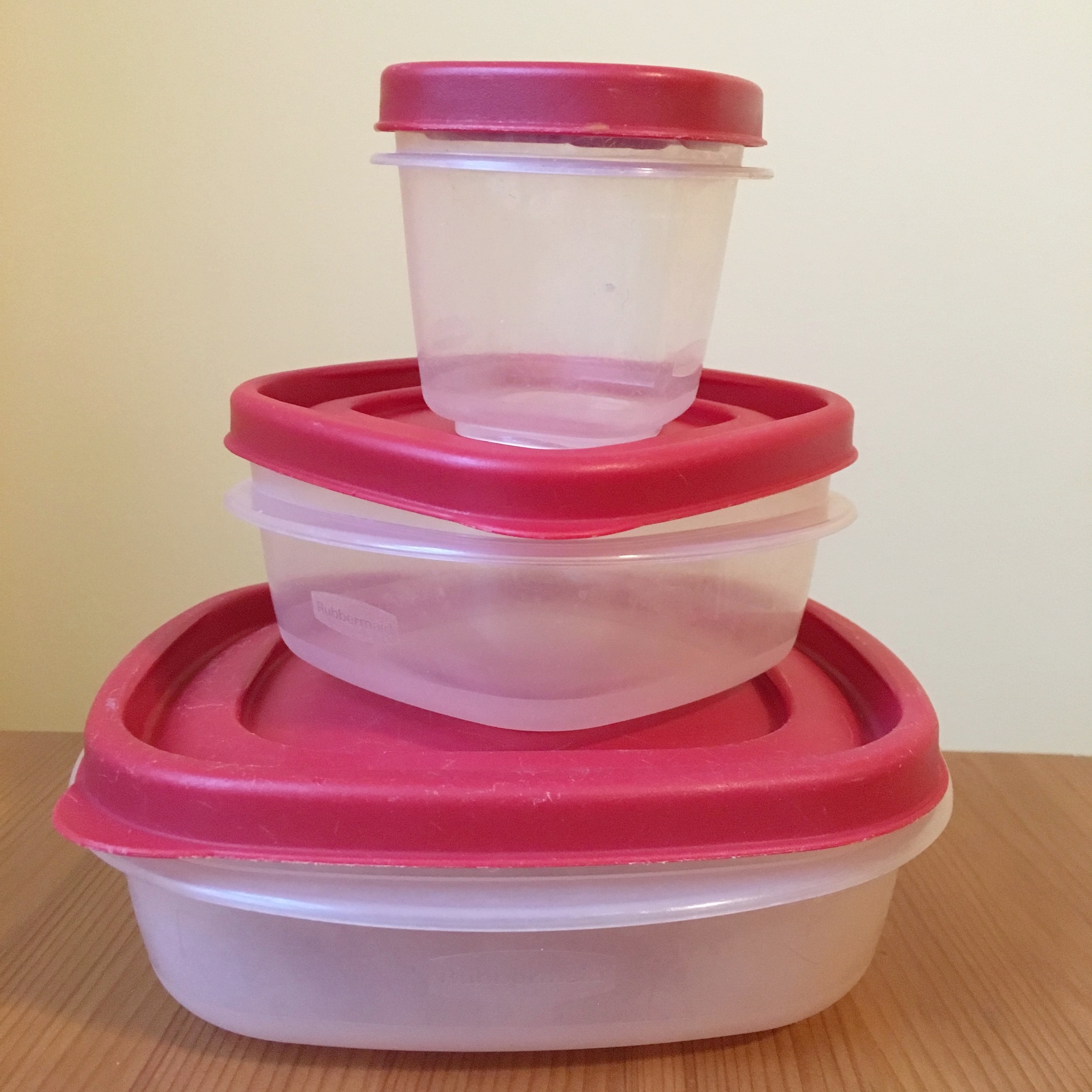Homemade Stocks & Broths
Stocks and broths made in the home kitchen are more flavorful than even the most expensive, store-bought brands. Since stock is made by simmering bones and broth is made by simmering vegetables or meat, making them at home can also be less wasteful.
Basic Stock & Broth Recipe
Collect equal portions of carrot, onion and celery tops and peels in the freezer. Add mushrooms stems for vegetable broth or add leftover bones and/or meat for chicken, turkey or beef stock.
When ready to cook, fill a large pot or slow cooker two-thirds full with collected ingredients. Cover with water and add bay leaf. If using bones, add a splash of vinegar (up to 1 tablespoon). Salt and pepper as desired. Simmer, covered on low for 6-24 hours. (Only simmer 1 hour for vegetable broth.) Strain.
Use as a soup base, liquid for cooking or a warm drink. Refrigerate for up to one week or freeze for longer storage.



